We have been in the Tuamotu’s almost three weeks now, mostly in Fakarava. This island is the closest that we have found so far to the South Seas island paradise we dreamed about while slogging away our time in Jakarta. As a picture paints a thousand words (and we only have very limited internet connection time!) I will let you picture our last few weeks with a few photos.
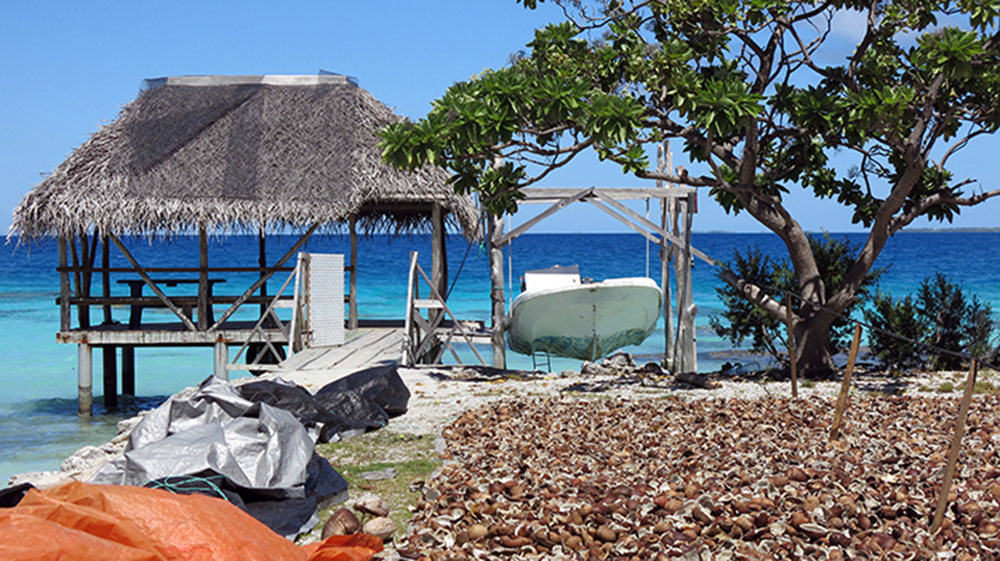
The main industries in the Tuamotu’s are copra, pearls and tourism. Copra is the white flesh of the mature coconut which is removed from the husk and left out in the sun to dry. It is then shipped to Tahiti where oil is extracted, I believe through heating as opposed to pressing but I’m not sure.
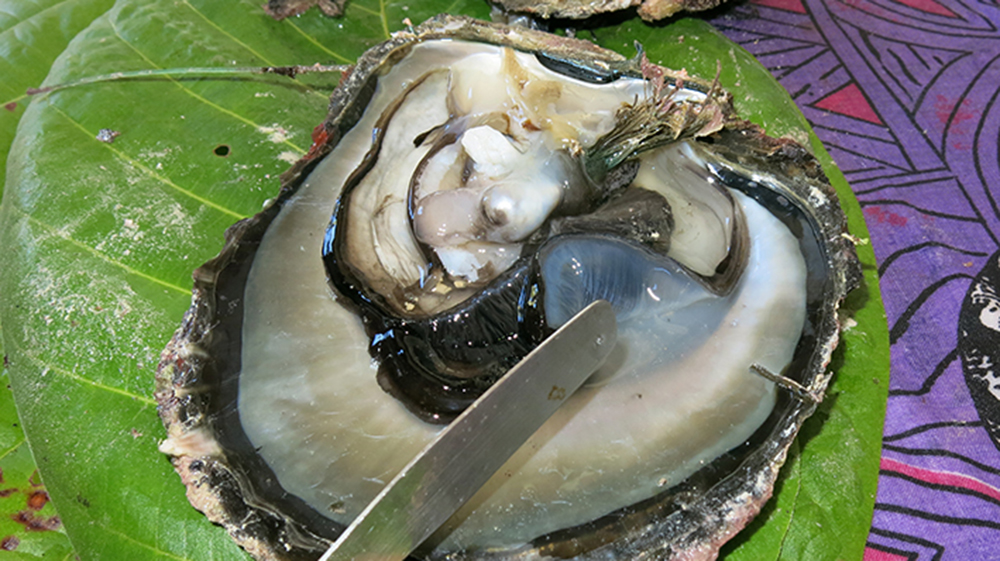
While we were in Rotoava (the village close to the north pass into Fakarava) we met Hinano and Gunter who showed us how the pearl is seeded and then later extracted from the oyster. The seed is a sphere carved from the shell of a mussel which is carefully placed inside the gonad of the oyster. After 18 months a layer of nacra about 0.8mm thick has built up to form the pearl. The pearl is removed and a new seed is emplaced. This can be repeated four times, each time the seed, and hence the pearl, is slightly larger.
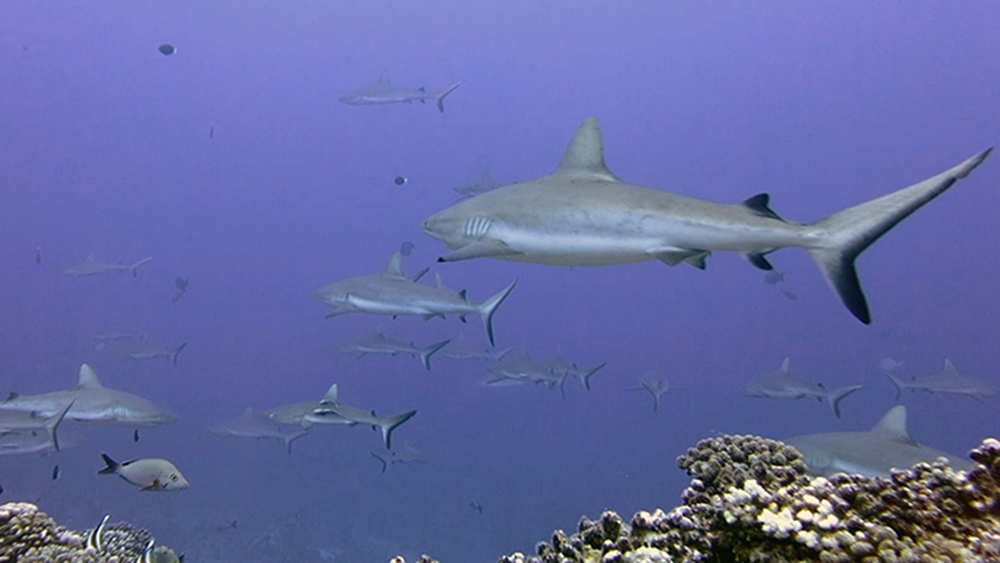
Most people come to Fakarava for the diving, the sites at the north and south passes are famous in the diving world so I made sure I dived them both. Their reputation is completely justified! The reef and coral at the North Pass is superb with interesting “tongue and groove” reefs to swim through. There are swarms of various reef fish and a constant presence of blacktip, white tip and grey reef sharks.
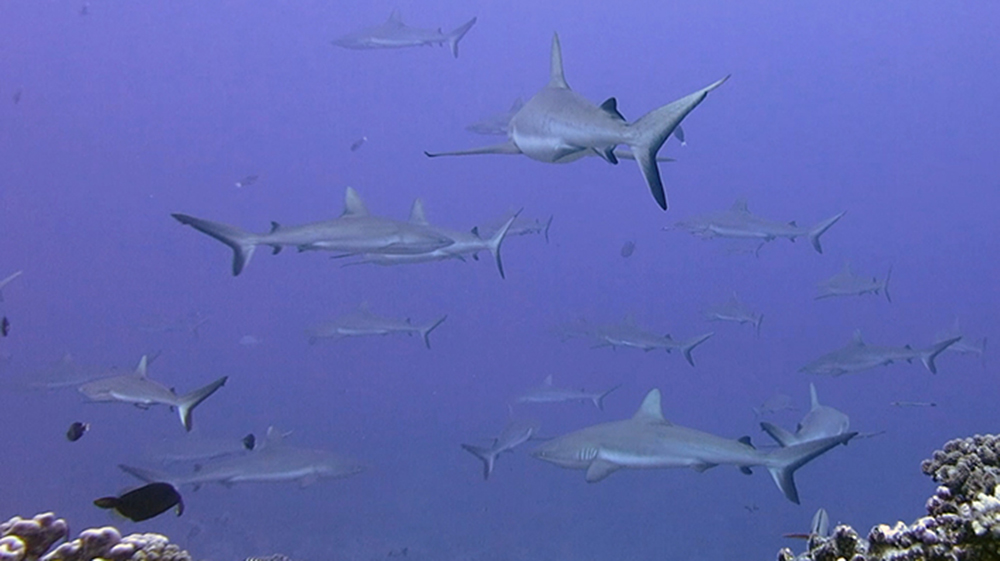
The shark quota was ratcheted up even higher at the South Pass. We spent about 15 minutes at 25m watching a steady procession of sharks swimming through the pass. There was never less than 20-30 sharks in the water at any moment, it was quite remarkable. Again the coral was pristine and the fish life fascinating but the sharks were mind-blowing!

The pier at Tatamanu

The village of Tatamanu at the southern pass used to be the main town in this area of the Tuamotu’s but was wiped out by a hurricane many years ago. The ruins of several old buildings remain and the graves dating back to 1870’s are testament to the original settlers of the island.
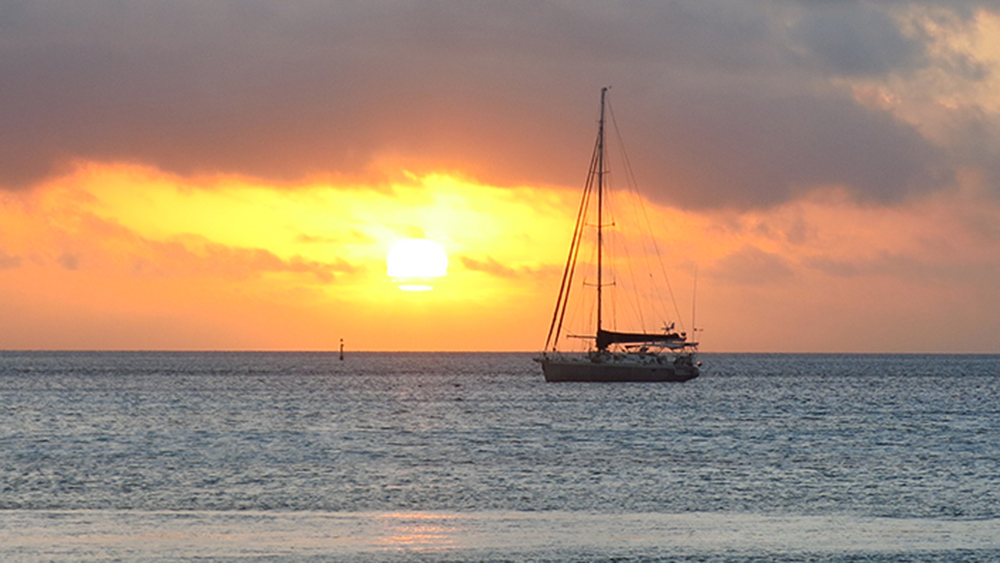
Sunset over Distant Drummer anchored at Tatamanu
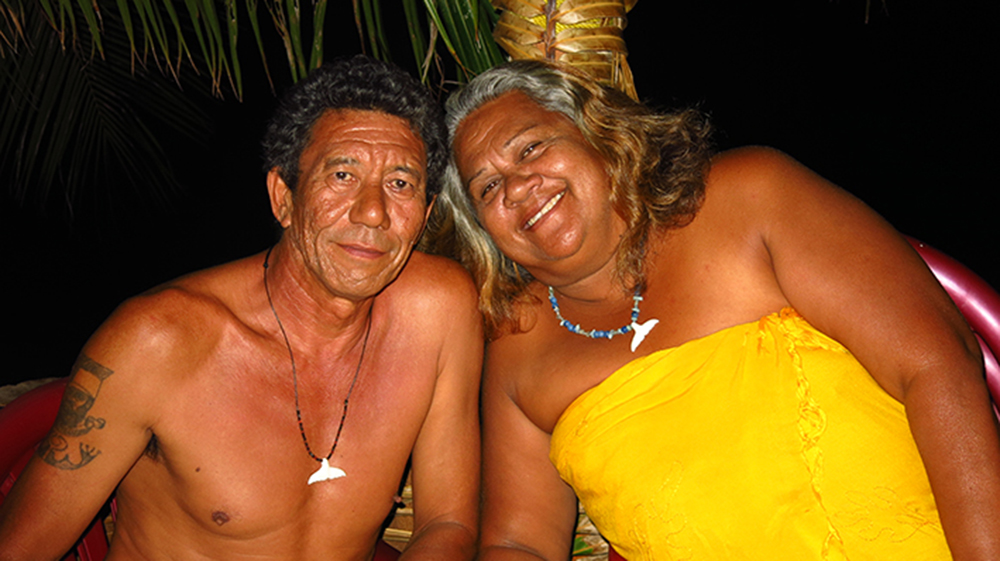
We left Tatamanu and anchored at Harifa in the south eastern corner of the island to shelter from the strong easterly winds. This is truly a corner of paradise and Lisa and Torea are lucky enough to live there.
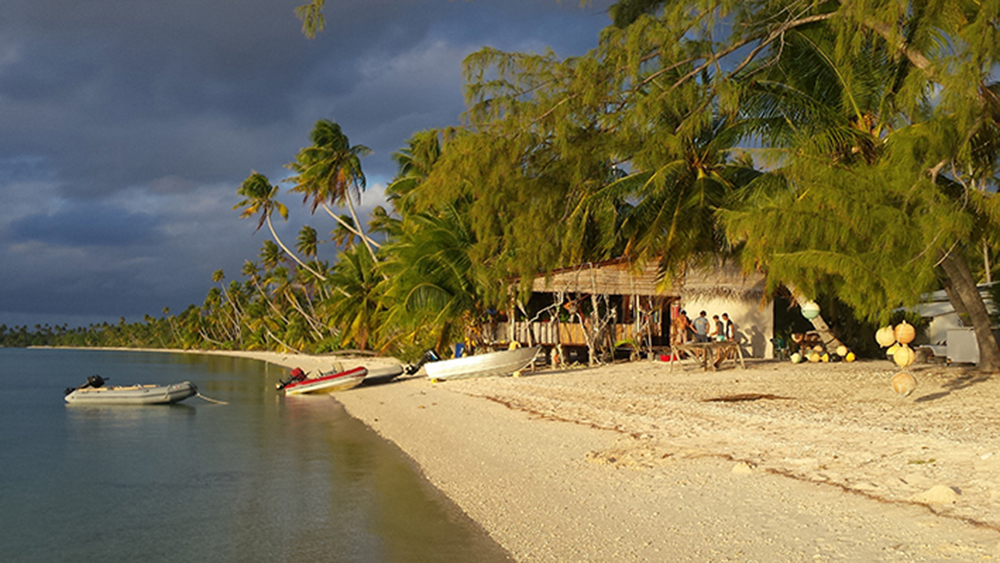
They have a small restaurant which they open on request and serve whatever is the local catch. We had a lovely meal of parrot fish tempura followed by barbequed parrot fish with fries and parrot fish carpacio.
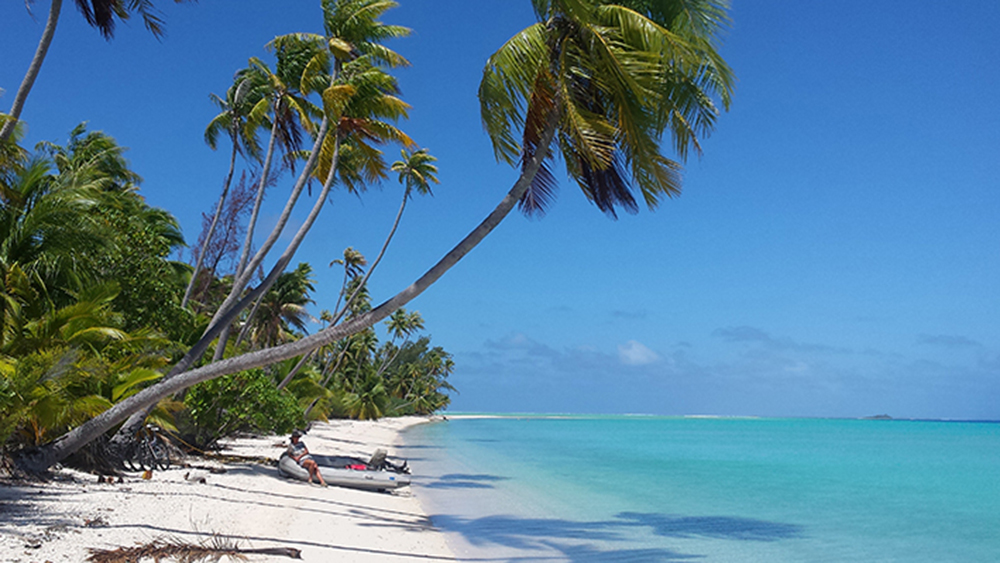
The long white sand beach at Harifa is very beautiful but watch out for the sand flies or No No’s which they are locally called (short for No-see-ums which they are known as elsewhere), they have a very itchy bite which lastsfor days.

After a week at Harifa the wind swung around to the north and it was time to leave. Navigating the South Pass is not so bad but you must be sure to leave at slack water i.e. low or high tide. The tidal flow through the pass, particularly the ebb tide, can reach 6-7 kts and the turbulence can sweep you onto the reef if you’re not careful. From here we had a great sail to Makemo for our next atoll adventure.
So after showing some photos of the beauty and tranquility of the Tuamotus in my next blog I’ll give you a taste of the other side of life on board, warts and all!!!
Suzy and Neil
